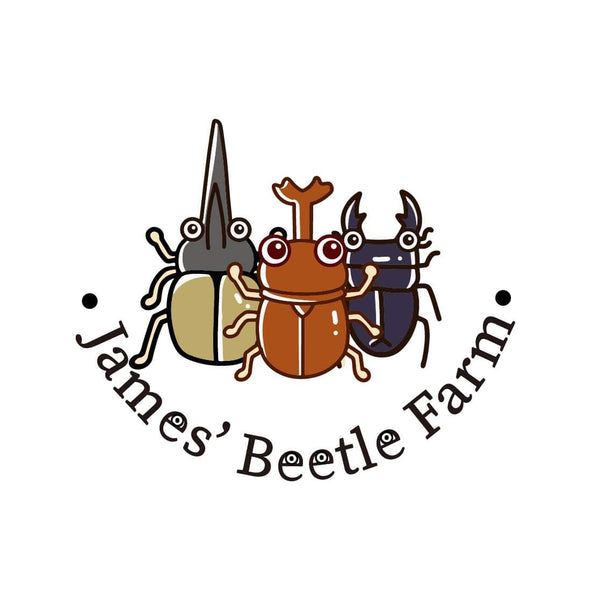James' Beetle Farm
Rainbow Millipede (Spirobolus caudulanus)
Rainbow Millipede (Spirobolus caudulanus)
Couldn't load pickup availability
Species Summary:
Diet: Flake soil, decaying plant matter, fruits, and vegetables
Lifespan: 5-8 years
Environment Requirement: warm and humid
Care difficulty: 1/10
Wild Caught
Species Info:
Spirobolus caudulanus is a species of millipede belonging to the order Spirobolida, a group known for their cylindrical bodies and slow-moving behavior. Native to parts of South and Southeast Asia, including India and Sri Lanka, this millipede is typically found in moist, shaded environments such as forest floors, under logs, and among leaf litter. Though less well-known than its larger relatives like Archispirostreptus gigas, S. caudulanus plays an important role in the ecosystems it inhabits.
This species is characterized by a rounded, segmented body and a tough exoskeleton that helps retain moisture and offers protection against predators. Like other millipedes, S. caudulanus has two pairs of legs per body segment, a trait that distinguishes millipedes from centipedes. The coloration of this species typically ranges from brown to reddish hues, allowing it to blend into its natural surroundings.
Spirobolus caudulanus is a detritivore, meaning it feeds primarily on decomposing organic matter. By consuming decaying leaves, wood, and other plant material, it contributes significantly to the recycling of nutrients in the soil. This role makes it an essential component of forest ecosystems, aiding in soil formation and fertility.
In terms of defense, S. caudulanus does not bite or sting but protects itself through a passive mechanism. When threatened, it curls into a tight coil, shielding its softer underparts. Like many millipedes, it can also secrete chemical compounds—typically harmless to humans but unpleasant to predators.
Reproduction in S. caudulanus follows the general millipede pattern. Mating involves the transfer of sperm via specialized reproductive legs called gonopods. Females lay their eggs in moist soil, where the young hatch and gradually develop more segments and legs with each molt.
Although Spirobolus caudulanus is not commonly kept as a pet or studied as extensively as other millipedes, it holds ecological value and is an indicator of healthy, undisturbed habitats. Habitat destruction and changes in soil chemistry due to pollution can negatively impact its populations.
In summary, Spirobolus caudulanus may be modest in appearance and fame, but it is a vital contributor to the natural processes of decomposition and nutrient cycling. Its presence in forest ecosystems reflects the delicate balance of biodiversity and the importance of conserving even the smallest soil-dwelling creatures.
Share








